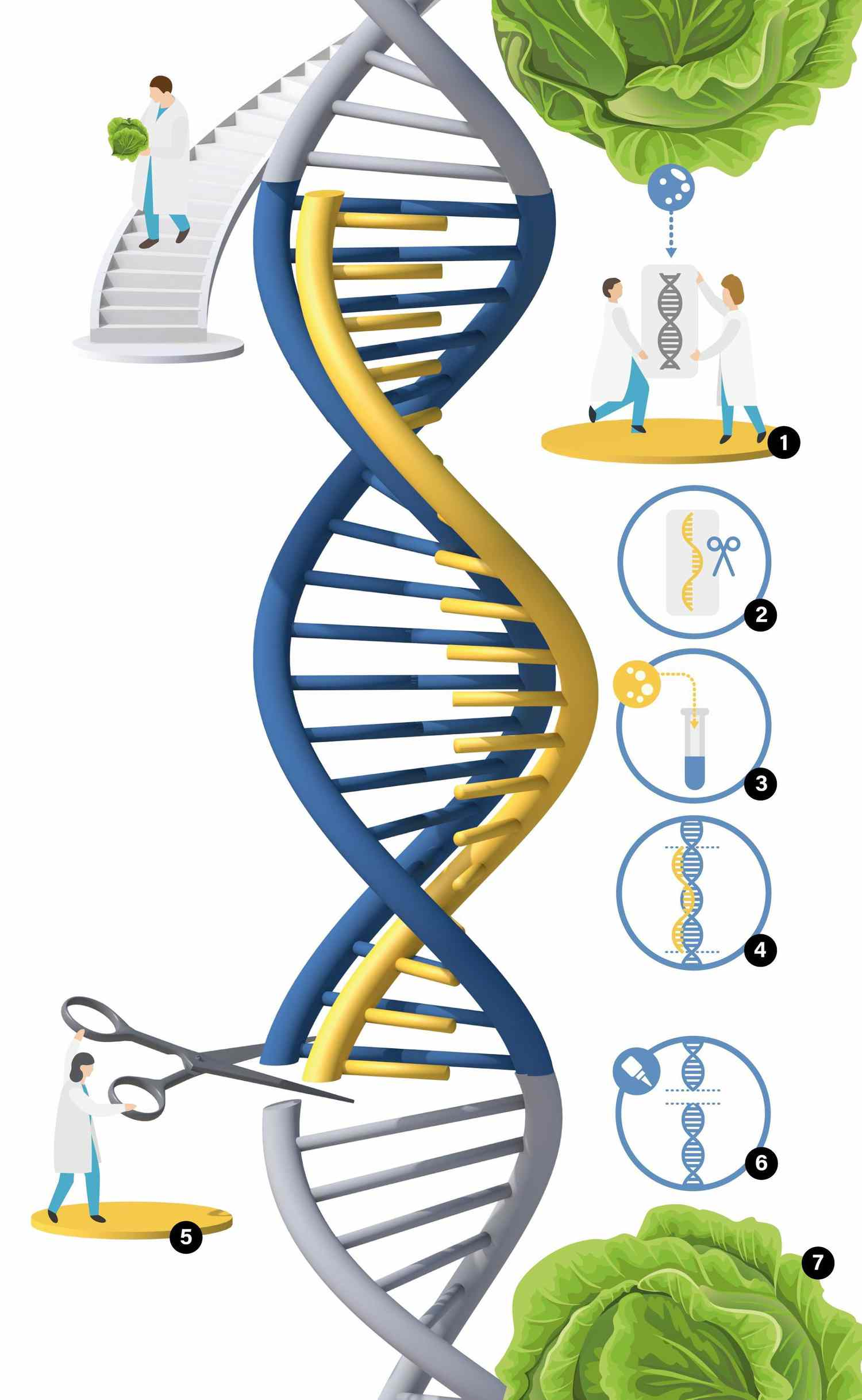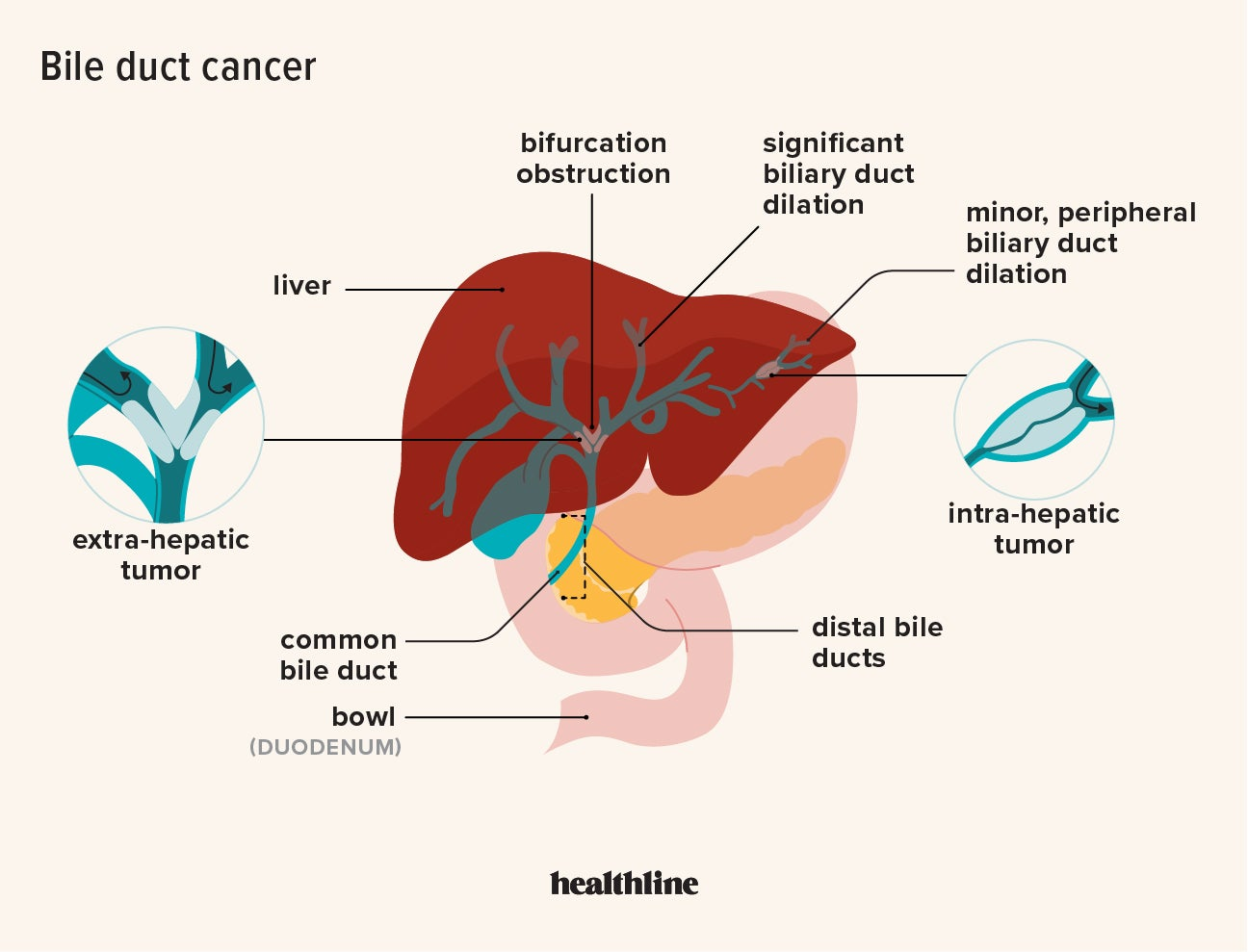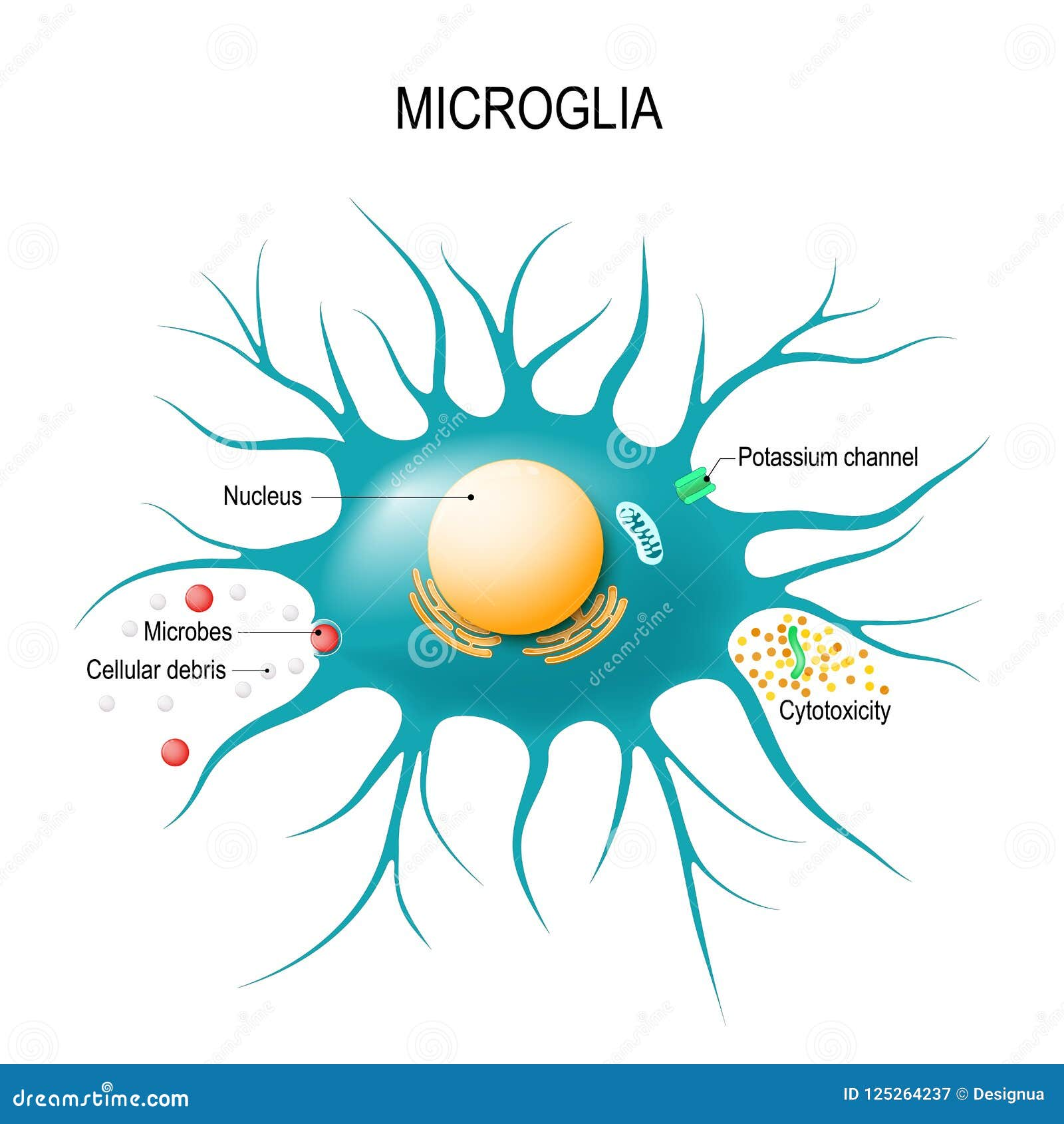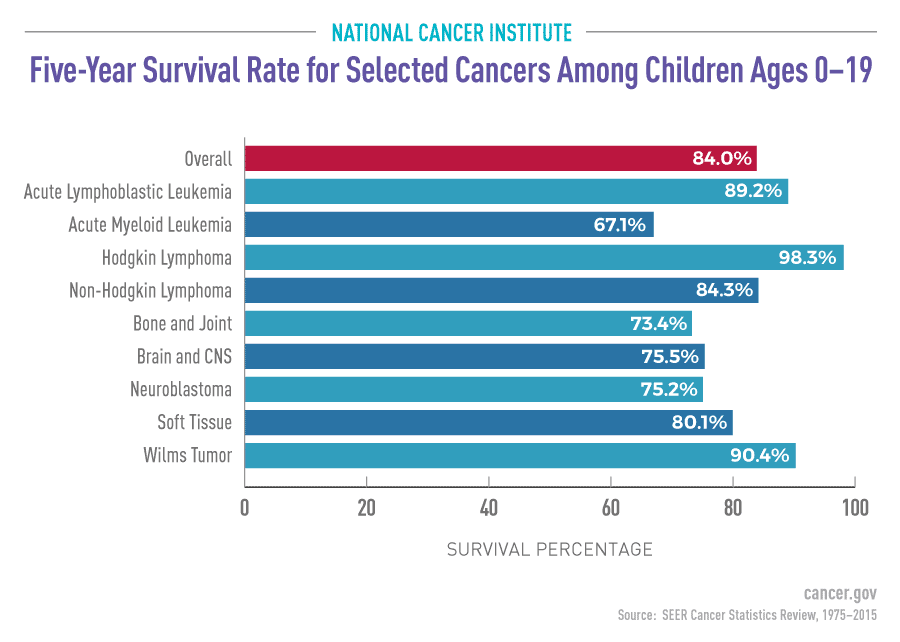
Gene editing is revolutionizing the field of medicine by offering innovative solutions to genetic diseases that have long plagued humanity. This cutting-edge technology, particularly exemplified by CRISPR technology, allows scientists to precisely alter the DNA of living organisms, paving the way for remarkable medical breakthroughs. Techniques such as base editing and prime editing enable targeted modifications at the molecular level, potentially correcting harmful mutations with unprecedented accuracy. For patients like Alyssa Tapley, who benefited from base editing in her battle against T-cell leukemia, these advancements represent more than just scientific progress—they signify renewed hope and a chance at life. As research continues to evolve, the implications for treating genetic diseases are profound, promising a future where such conditions may become a thing of the past.
The manipulation of genetic material, often referred to as genetic modification or DNA alteration, is reshaping our understanding of health and disease. These advanced methods leverage the principles of synthetic biology to engineer precise changes in the genome, providing answers to some of medicine’s toughest challenges. With alternative approaches like genome editing, researchers aim to address various hereditary conditions that affect hundreds of millions globally. This burgeoning field not only aims to enhance our understanding of genetics but also aspires to unveil effective therapies for previously untreatable maladies. As we step into a new era of biological research, the promise of these genetic methodologies could lead to transformative impacts on healthcare and patient outcomes.
The Evolution of Gene Editing: From CRISPR to Base and Prime Editing
Gene editing has undergone a remarkable transformation since the advent of CRISPR technology. Initially hailed for its revolutionary ability to make precise cuts in the DNA double helix, CRISPR-Cas9 paved the way for further advancements in the field of genomics. However, while CRISPR was effective in disrupting or removing genes, it presented limitations when it came to correcting specific mutations responsible for genetic diseases. This led to the development of more nuanced approaches, namely base editing and prime editing, which offer increased precision and expanded possibilities for therapeutic interventions.
Base editing, developed by David Liu and his team, allows for direct modification of nucleotide bases without requiring double-stranded breaks, making it significantly safer and more efficient. This technology can directly convert one nucleotide into another, effectively correcting mutations at the most fundamental level. Meanwhile, prime editing takes this a step further, functioning like a word processor that can precisely locate and replace sequences of DNA, thus overcoming the limitations of even the most refined CRISPR applications. Together, these innovations represent a leap towards personalized medicine and targeted treatment for genetic disorders.
How Gene Editing is Transforming the Treatment of Genetic Diseases
The promise of gene editing technologies like base editing and prime editing has significant implications for patients suffering from genetic diseases. Hundreds of millions of individuals worldwide are affected by such conditions, many of which remain untreatable with conventional therapies. The advent of these precise editing tools has opened new avenues for therapeutic interventions that were previously inconceivable. For instance, clinical trials utilizing these technologies have already shown promise in treating diverse diseases, including various forms of leukemia and other genetically inherited conditions.
The transformative impact is evident in stories like that of Alyssa Tapley, whose life was altered by base editing technology that cleared her T-cell leukemia. This advancement in gene therapy exemplifies the potential for tailored treatments that not only target the root cause of a disease but also aim to restore quality of life for patients. As research continues and clinical trials expand, the hope is that more genetic diseases will be addressed effectively, showcasing the emerging capabilities of gene editing as a cornerstone of future medical breakthroughs.
The Role of Basic Science in Advancing Gene Editing Technologies
At the heart of groundbreaking innovations in gene editing lies the commitment to basic science. The work of David Liu and his colleagues demonstrates the importance of foundational research in answering complex biological questions. The journey began decades ago with the discovery of CRISPR in bacterial systems, a finding that initially held no apparent application. However, the understanding of CRISPR’s role in bacterial immunity sparked curiosity and investigation, eventually leading to the development of transformative tools capable of precise genetic modifications.
This connection between basic and applied science underscores a critical paradigm in the advancement of gene editing technologies. While the immediate results may not always be clear, pursuing knowledge purely for the sake of discovery has historically yielded innovative solutions to pressing health challenges. Liu’s stance on the interplay between basic research and applied outcomes highlights the necessity of supporting scientific inquiry as a means of fostering future breakthroughs that can profoundly impact human health.
Understanding Base Editing: A New Approach to Genetic Correction
Base editing represents a significant advancement in gene editing, allowing scientists to achieve precise and specific modifications to the DNA of living organisms. Unlike traditional methods that rely on cutting the DNA, base editing operates at the level of individual nucleotides, enabling the conversion of one base into another without causing double strand breaks. This innovative approach provides an effective solution for addressing the most common types of mutations associated with many genetic diseases.
Through advancements in enzymatic technology, base editing has emerged as a faster, more efficient method for correcting genetic mutations. It holds particular promise for inherited disorders where a single nucleotide change can lead to significant health consequences. By harnessing the power of base editing, researchers can potentially bring forth therapeutics that enable the correction of genetic defects at their source, marking a pivotal step forward in the treatment of congenital conditions.
Prime Editing: The Word Processor of Genetic Editing
Prime editing is often dubbed the ‘word processor’ of genetic editing, and for good reason. This cutting-edge technology allows scientists to find and modify specific sequences of DNA much like editing text on a document. By utilizing a unique combination of a prime editing guide RNA (pegRNA) and a specialized reverse transcriptase, researchers can precisely insert or delete genetic material at defined locations within the genome. This capability significantly broadens the scope of treatable genetic disorders compared to traditional CRISPR techniques.
The implications of prime editing are profound, particularly for conditions arising from multiple mutations or complex genetic architectures. As researchers continue to refine this technology, it holds the promise of providing targeted treatments for diseases that previously lacked effective therapies. Ultimately, prime editing exemplifies the potential of advanced gene editing techniques to bring about medical breakthroughs that could redefine our understanding of genetic diseases and their treatment.
The Promise of Medical Breakthroughs through Gene Editing
As the landscape of medicine rapidly evolves, gene editing technologies are poised to drive the next wave of medical breakthroughs. With advancements in techniques like base editing and prime editing, researchers are finding new avenues to combat some of the most challenging genetic diseases afflicting millions. The therapeutic potential of these technologies is immense, offering hope for a future where conditions previously deemed incurable can be treated effectively.
The excitement surrounding these medical breakthroughs is echoed by patients and healthcare professionals alike, as the prospect of precision medicine becomes increasingly tangible. Clinical trials are underway, showcasing not just the efficacy but also the transformative potential that these therapies have on patients’ lives. With continued investment in research and the development of robust regulatory frameworks, gene editing stands at the forefront of a new era in healthcare, where the ability to rewrite genetic destinies becomes a reality.
The Ethical Considerations of Gene Editing Technologies
As gene editing technologies advance, ethical considerations surrounding their application become increasingly critical. The ability to modify the genetic makeup of organisms introduces a host of moral questions regarding the implications of such interventions. Striking a balance between the pursuit of scientific knowledge and the ethical responsibilities to patients and society is of utmost importance. Researchers and policymakers alike must navigate these complex discussions to ensure that gene editing technologies are developed and employed responsibly.
Key ethical considerations include questions of consent, potential long-term effects, and the implications of germline editing, which affects future generations. The scientific community must engage in open dialogues with various stakeholders, including ethicists, patients, and the public, to address concerns and establish clear guidelines that prioritize safety and equitable access to these groundbreaking therapies. As we move towards a future marked by gene editing, ethical frameworks will play a crucial role in shaping the landscape of genetic research and its applications.
Future Directions in Gene Editing Research
The future of gene editing research is bright, with continuous improvements in technology and a deepening understanding of genetics. Innovations such as base and prime editing are just the beginning; ongoing research aims to refine these methods further, enhancing their applicability across a wider range of diseases. Additionally, the convergence of artificial intelligence with genetic research offers promising avenues for predicting genetic mutations and designing corresponding treatments.
Looking ahead, the integration of gene editing technologies into mainstream medicine could revolutionize treatment paradigms for genetic diseases. With increasing collaboration across academic institutions, biotech companies, and regulatory agencies, the potential for rapid advancements in therapeutic applications becomes more feasible. As this field continues to evolve, it underscores the importance of sustained investment in science and education to cultivate the next generation of researchers capable of navigating the complexities of genetic technologies.
The Impact of Gene Editing on Global Health Initiatives
Gene editing holds transformative potential not only in individual treatment but also as a catalyst for broader global health initiatives. By addressing genetic diseases that disproportionately affect specific populations, gene editing technologies can contribute to alleviating disparities in healthcare access and outcomes. The ability to develop targeted therapies could lead to elimination of outbreaks of certain genetic conditions in vulnerable communities, paving the way for enhanced public health.
Furthermore, as countries commit to advancing their healthcare systems, the integration of gene editing into global health initiatives could influence policy frameworks and funding efforts. Collaborative projects that prioritize gene editing research and its applications could foster international partnerships that enhance scientific infrastructure and healthcare services across the globe. In this way, gene editing not only represents a leap in scientific capability but also signifies a foundational shift in how we approach global health challenges.
Frequently Asked Questions
What is gene editing and how is it used in modern medicine?
Gene editing is a revolutionary technology that allows scientists to alter an organism’s DNA at specific locations. It has significant applications in modern medicine, particularly in treating genetic diseases. Approaches like CRISPR technology, base editing, and prime editing enable precise modifications of genes, potentially curing conditions that were previously deemed untreatable.
How does CRISPR technology work in gene editing?
CRISPR technology operates by utilizing a guide RNA to target specific DNA sequences in an organism’s genome. Once the target is identified, it uses the Cas9 enzyme to create a cut in the DNA, allowing for gene disruption, deletion, or insertion of new genetic material. This technique has been pivotal in providing solutions for genetic diseases.
What are the advantages of base editing over traditional gene editing methods?
Base editing offers significant advantages over traditional gene editing methods like CRISPR-Cas9. Instead of cutting the DNA double helix, base editing directly converts one DNA base into another, correcting mutations that lead to genetic diseases with higher precision and reduced risk of unintended effects.
Can prime editing provide solutions for all types of genetic diseases?
Prime editing shows promise for addressing various genetic diseases because it can perform precise edits at the DNA level. Unlike other methods, prime editing can replace or insert larger DNA sequences, which may enable the correction of a broader range of mutations that cause genetic disorders.
What recent breakthroughs have occurred in gene editing therapies?
Recent breakthroughs in gene editing therapies include successful clinical trials utilizing base editing and prime editing to treat conditions such as sickle cell disease and T-cell leukemia. These advancements demonstrate the potential for gene editing to transform treatment approaches for genetic diseases and enhance patient outcomes.
Is gene editing safe for human use?
Gene editing technologies, including CRISPR, base editing, and prime editing, are being evaluated through numerous clinical trials to ensure their safety and efficacy. Researchers are focused on minimizing risks and improving the precision of these techniques to ensure they can be safely used in patients with genetic diseases.
What ethical considerations surround gene editing technologies?
The ethical considerations surrounding gene editing technologies include concerns about unintended genetic consequences, the potential for ‘designer babies,’ and equitable access to these advanced therapies. Ongoing discussions and regulatory policies are crucial to navigate these complex issues responsibly.
How does base editing specifically target genetic mutations?
Base editing targets specific genetic mutations by recognizing the nucleotide sequence of the DNA where the mutation occurs. It can make single base pair changes without disrupting the surrounding DNA, effectively correcting the most common types of mutations responsible for genetic diseases.
What is the future of gene editing in healthcare?
The future of gene editing in healthcare looks promising, with ongoing research aimed at expanding its applications beyond genetic diseases to areas like cancer treatment and regenerative medicine. Continued advancements in technologies like base and prime editing may lead to more personalized and effective therapies.
Are there clinical trials currently underway for gene editing treatments?
Yes, there are numerous clinical trials underway testing gene editing treatments, particularly using base editing and prime editing approaches. These trials aim to evaluate the safety, effectiveness, and long-term outcomes of gene editing therapies for various genetic diseases.
| Key Points |
|---|
| Alyssa Tapley, a 13-year-old with T-cell leukemia, became cancer-free through a clinical trial of base editing, a novel gene-editing technology. |
| David Liu, the lead scientist, emphasizes the responsibility of ensuring safety and effectiveness in gene-editing technologies. |
| Base editing allows precise changes to DNA’s nucleotide bases without cutting the entire double helix, offering potential for correcting mutations associated with genetic diseases. |
| Prime editing, developed by Liu’s team, allows for more complex DNA edits and is likened to a word processor for DNA. |
| As of now, there are at least 18 clinical trials underway using base or prime editing to treat various diseases. |
| Liu cautions against labeling these technologies as cures until long-term symptom-free evidence is provided. |
| A broader concern is the declining partnership between academia and federal research funding, which Liu fears could hinder future scientific advancements. |
Summary
Gene editing represents a revolutionary advancement in medical science, particularly in the treatment of genetic diseases. The success story of Alyssa Tapley, who overcame leukemia thanks to groundbreaking base editing technology, exemplifies the positive impact of these innovations. Driven by researchers like David Liu, advancements such as base and prime editing promise to correct genetic mutations with unprecedented precision. However, as the scientific community pushes forward, maintaining funding and support for research remains crucial for its sustainable progress.





